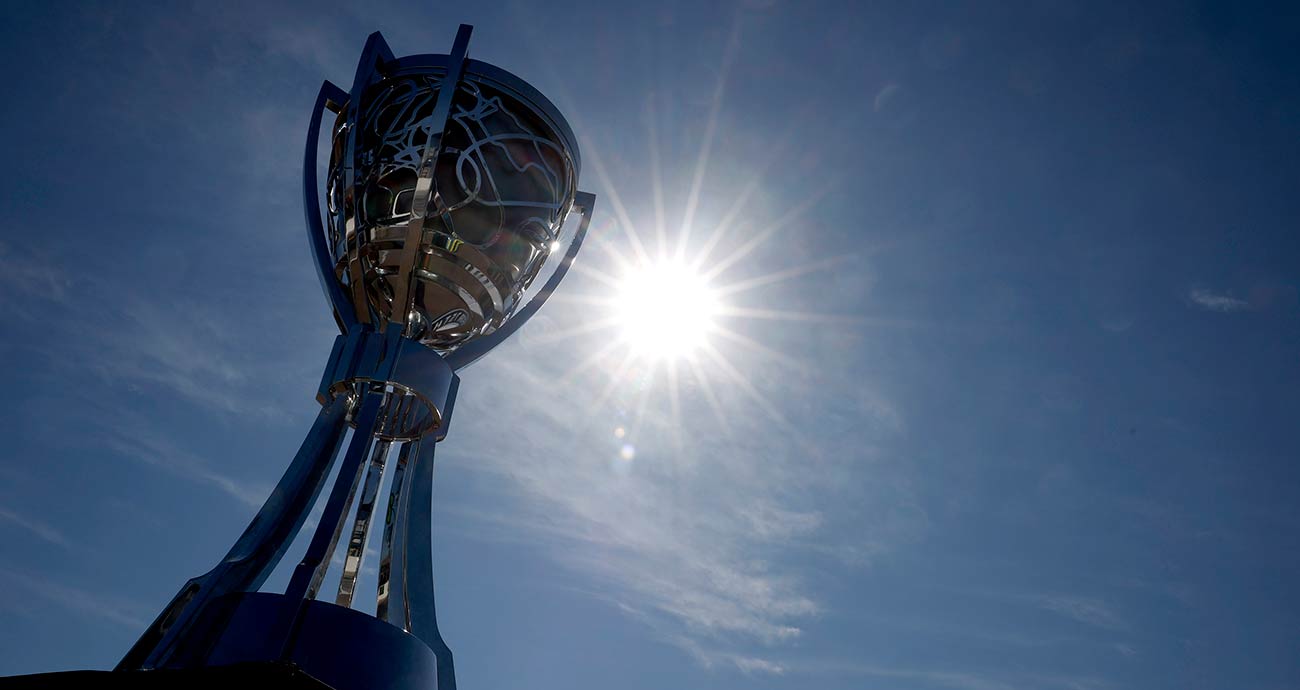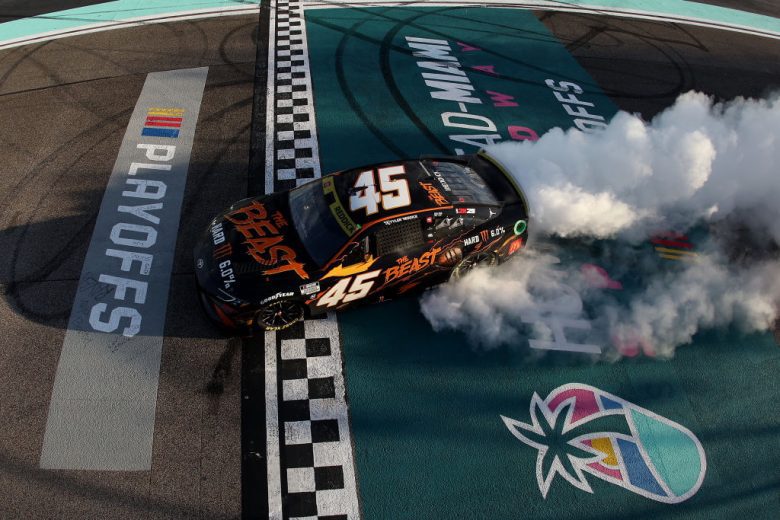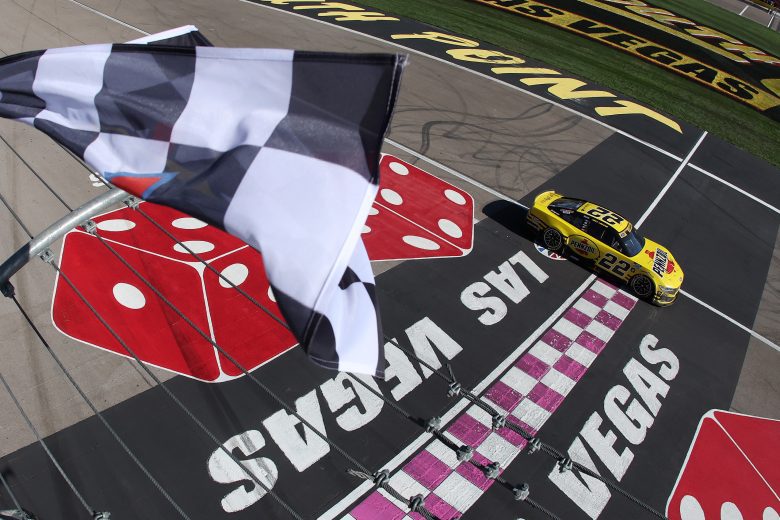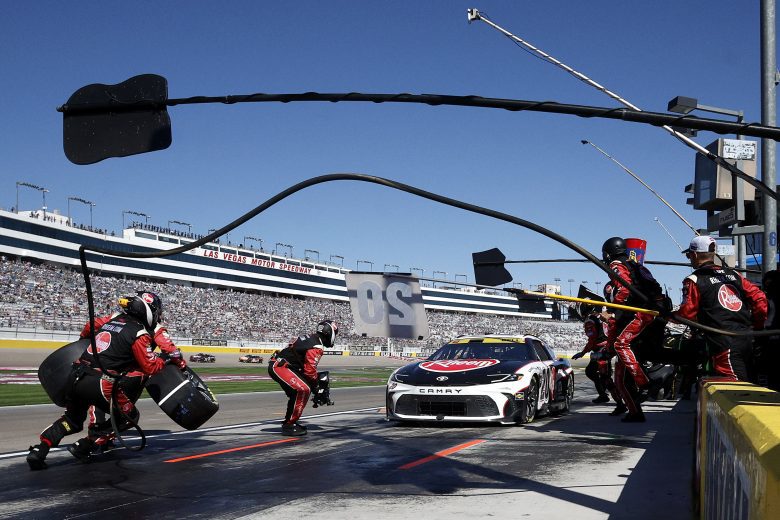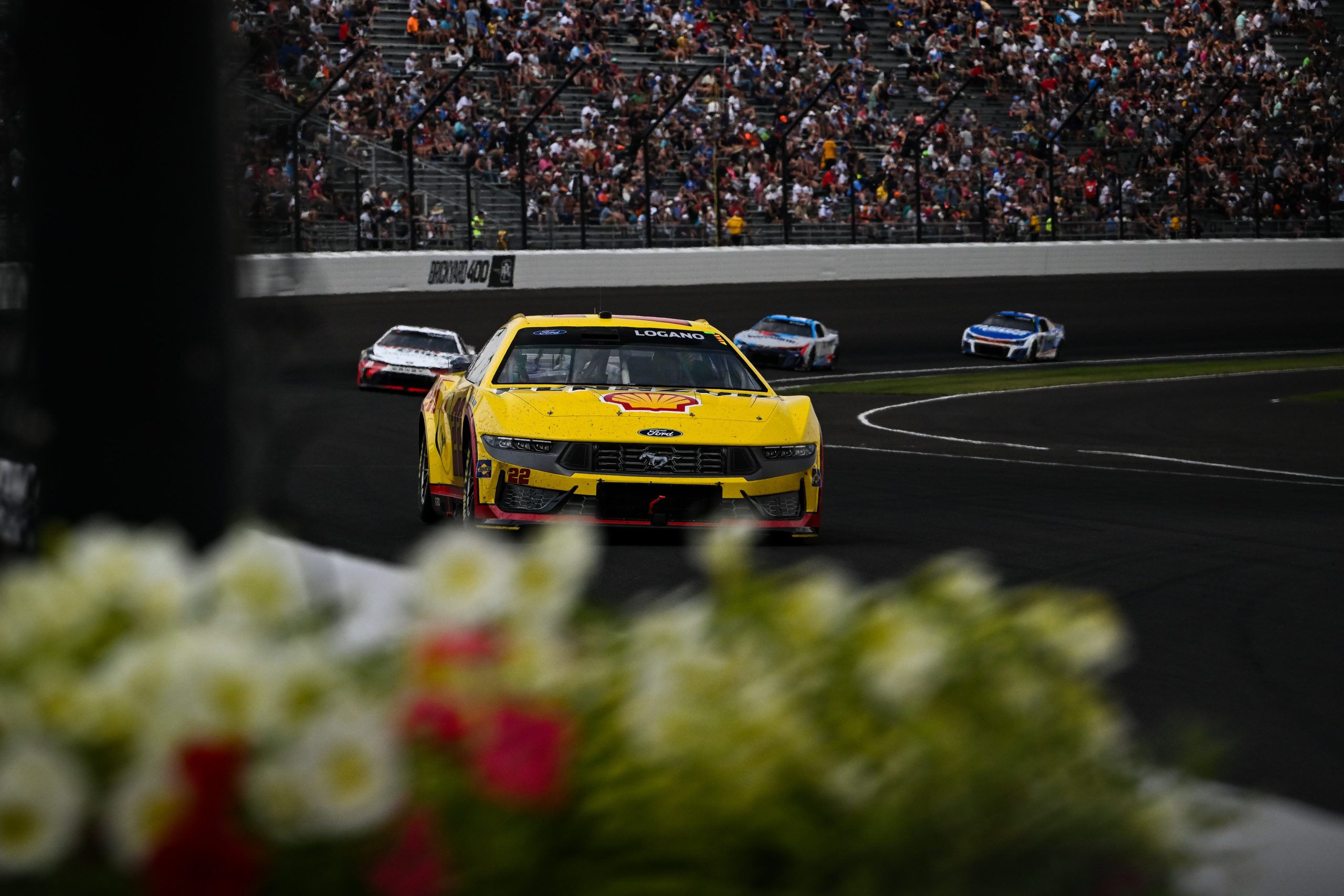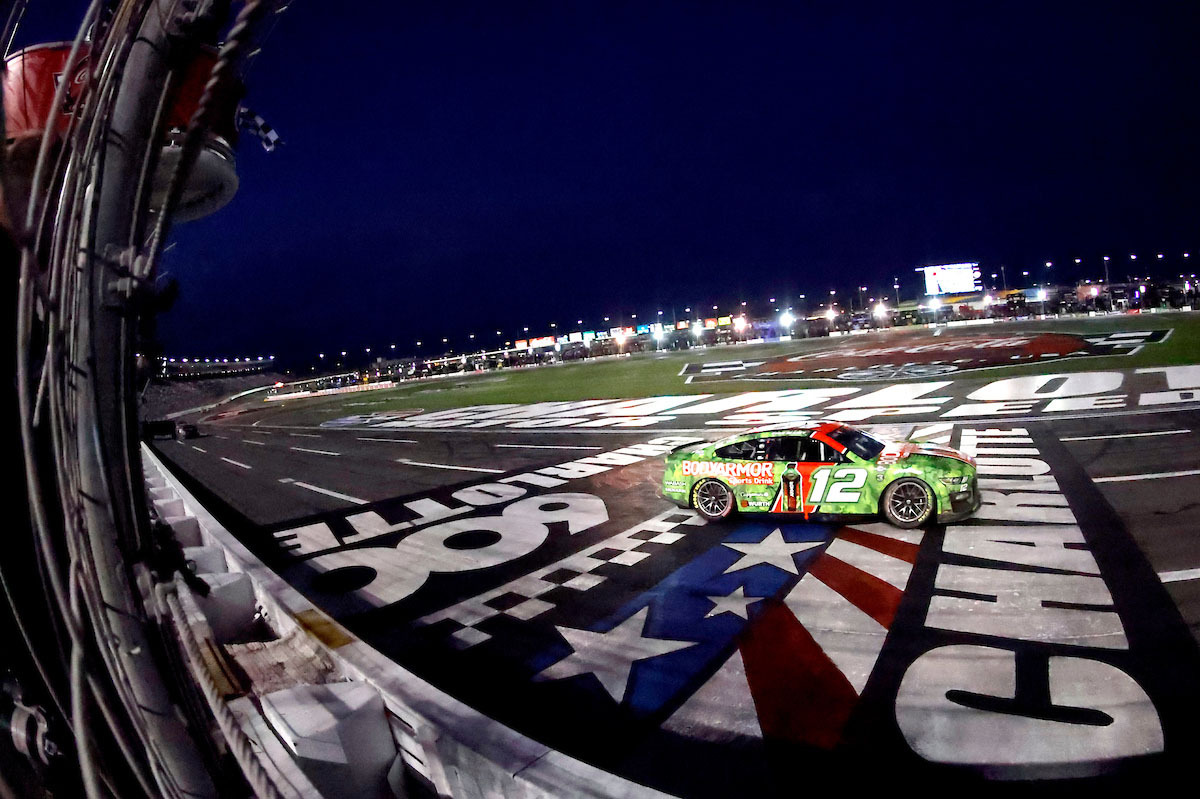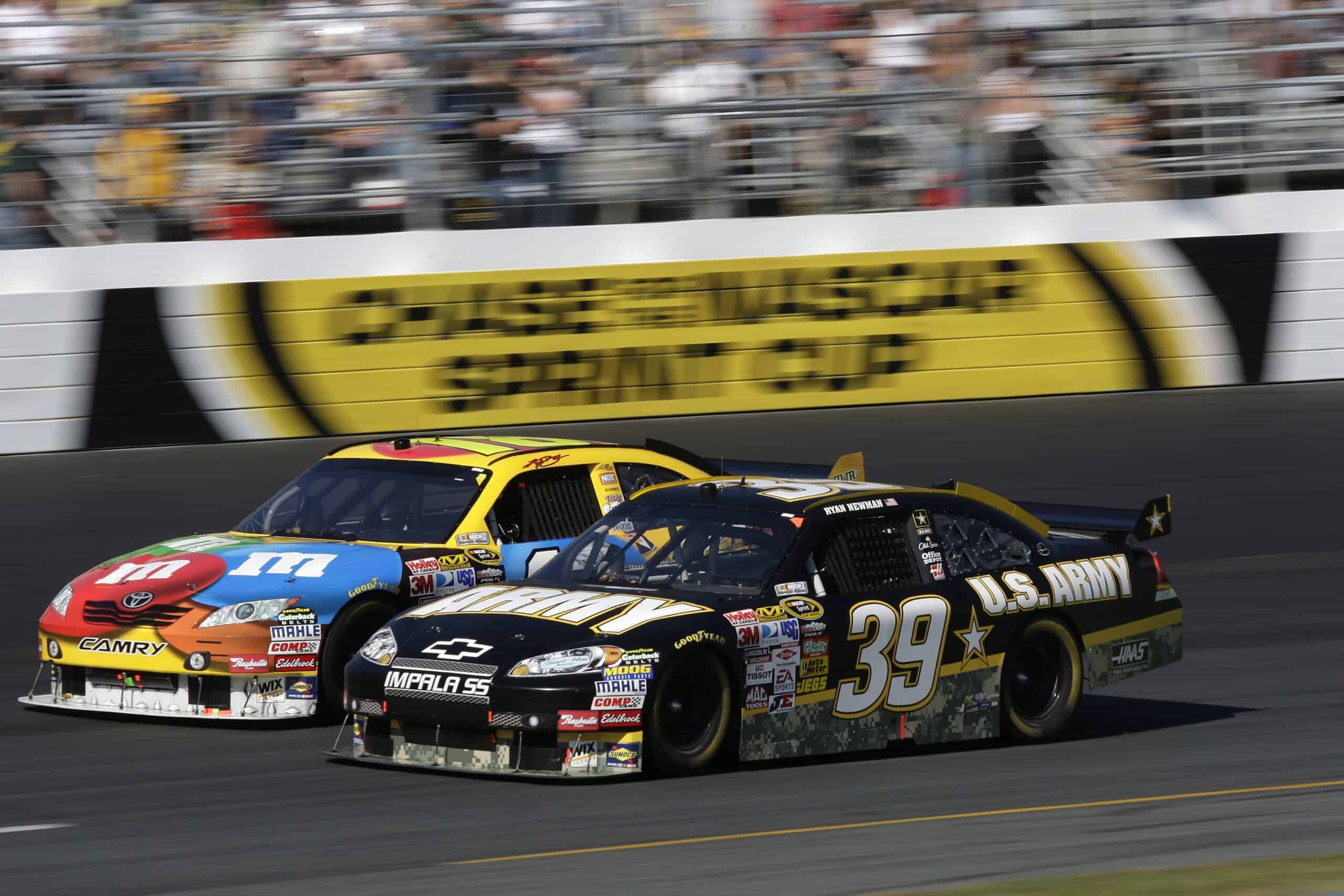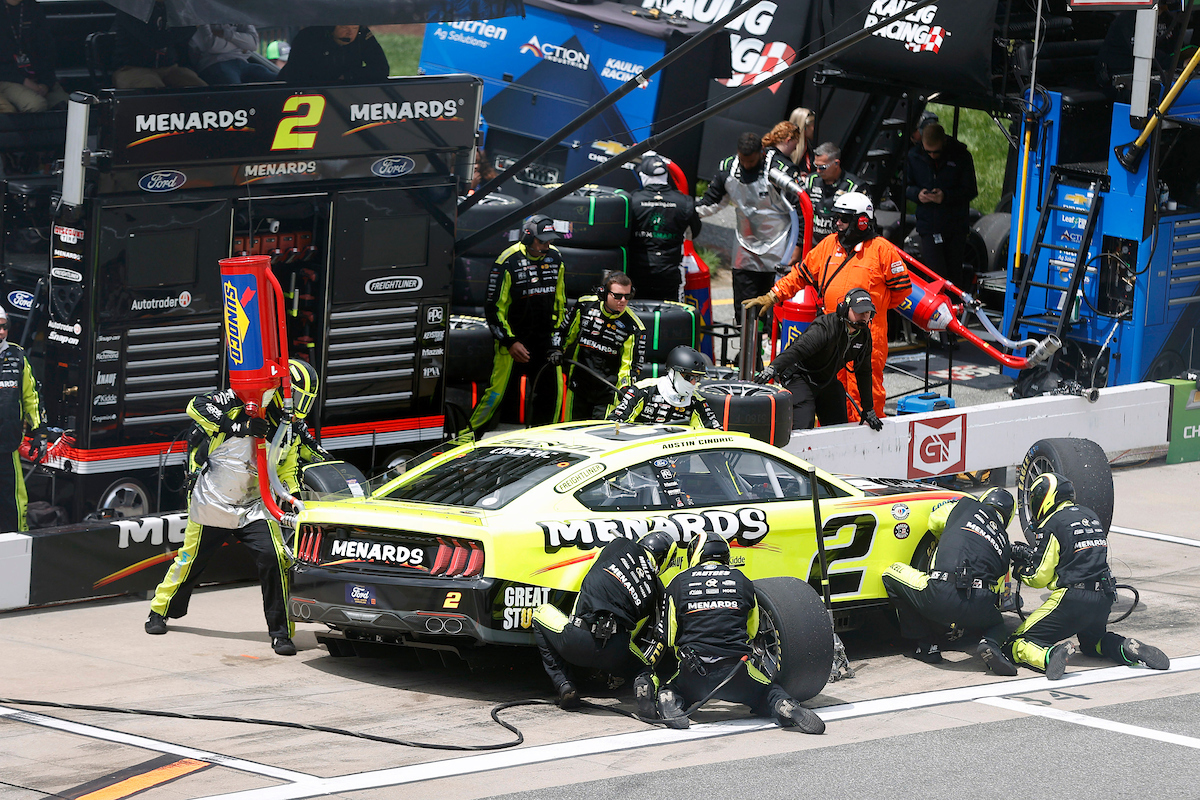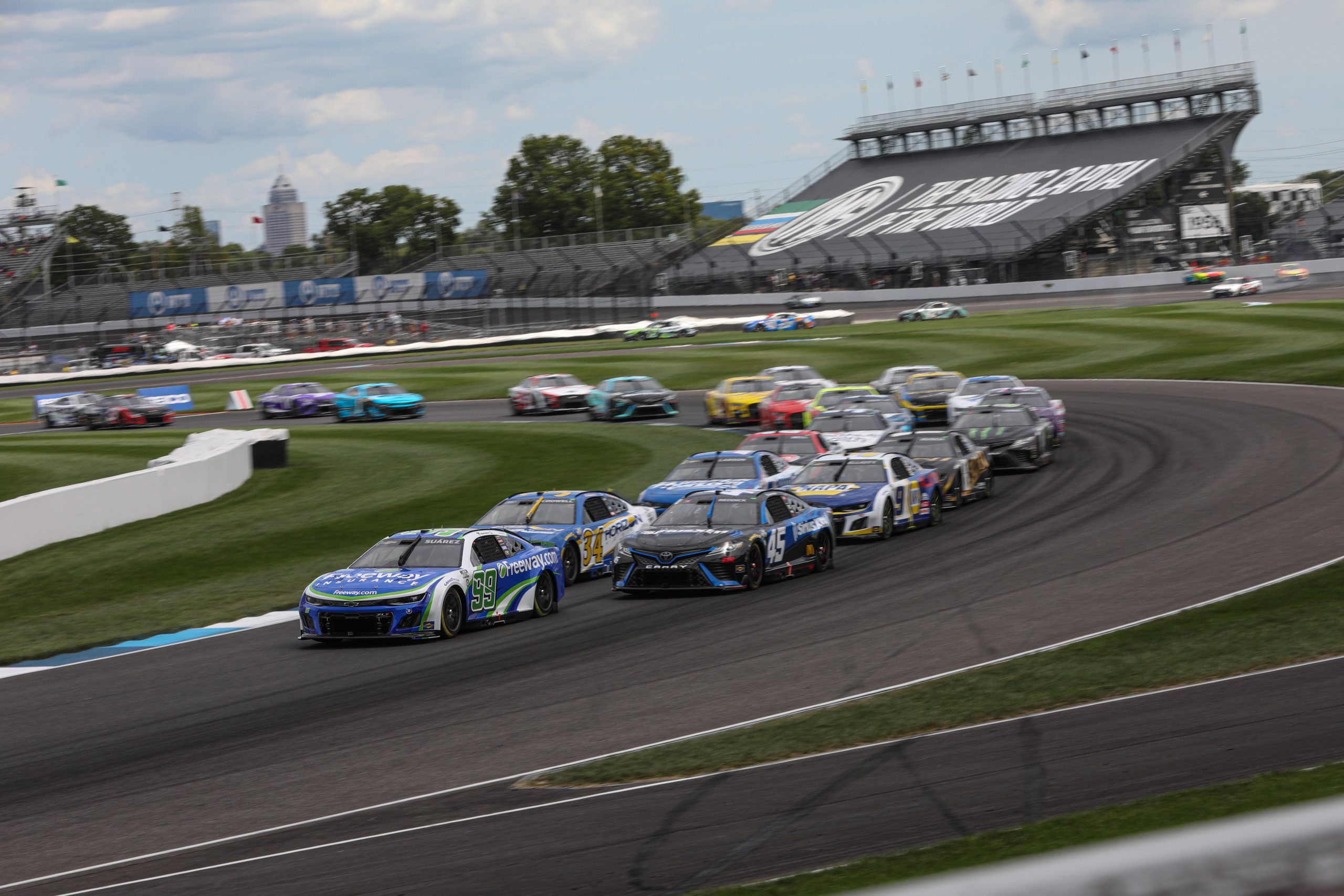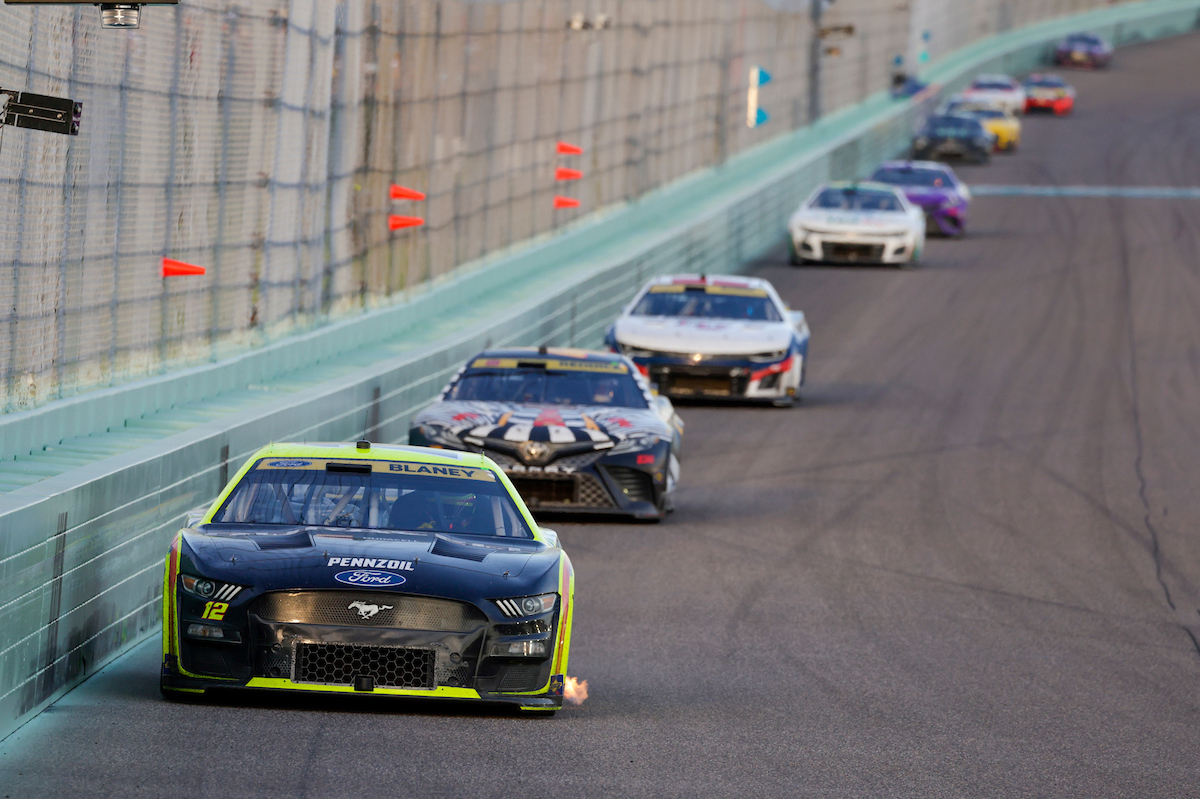Is there any female drivers in NASCAR?
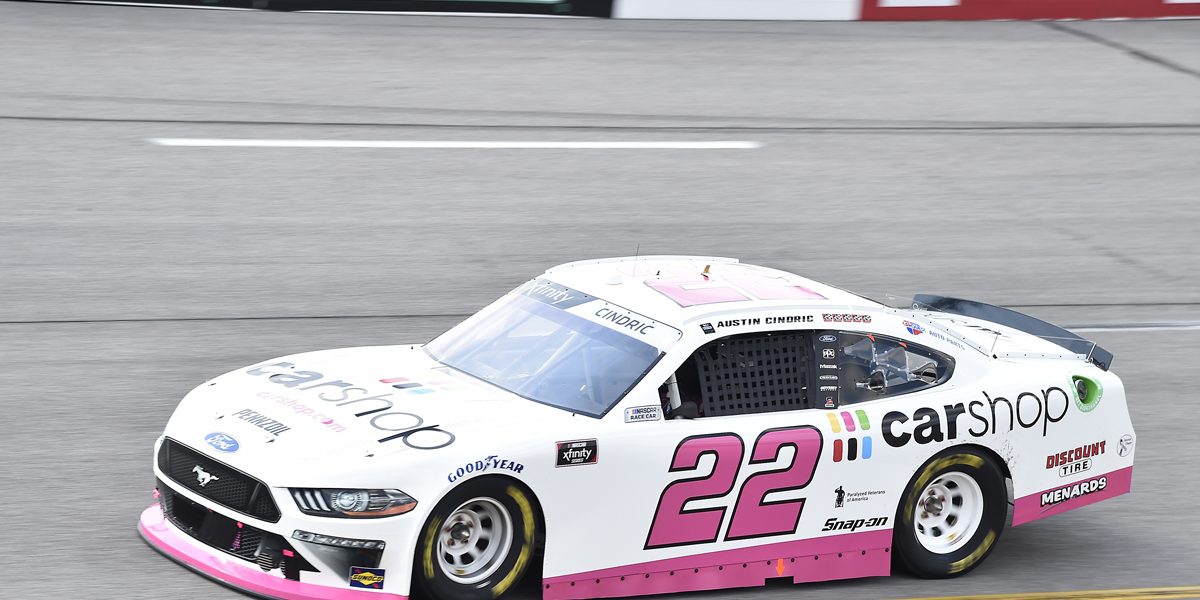
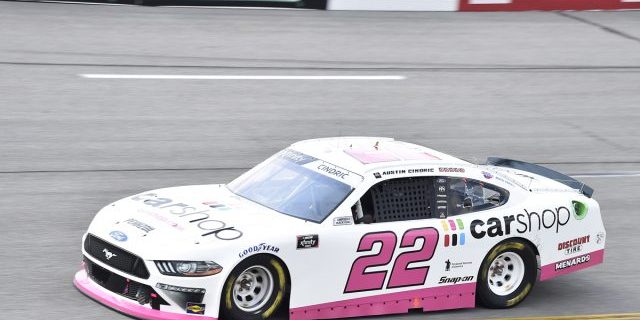
You’ve likely heard of NASCAR, but have you ever stopped to wonder about the role of women in this high-octane sport? Is there any female drivers in NASCAR? Yes, there have been and are female drivers in NASCAR, challenging norms and showcasing their racing prowess on the track.
In this article, we will dive deep into the history, achievements, and impact of female drivers in NASCAR. You’ll get to know the trailblazers, their unique challenges, and how they’ve shaped the future of the sport.
Table of Contents
A Detailed Explanation of Women in NASCAR
Breaking the Gender Barrier in Racing
The world of motorsports, like many other domains, has historically been male-dominated. In the early days of racing, societal norms and expectations prevented many women from pursuing careers in the field. However, a few tenacious women defied these norms and began to make their mark in racing.
The Pioneers of Female Racing in NASCAR
Janet Guthrie, who began her racing career in the 1960s, was one of the pioneers. She became the first woman to compete in the Daytona 500 in 1977. Guthrie’s entry into this prestigious race broke barriers and paved the way for many female racers to come.
Following Guthrie, several women have entered the realm of NASCAR. Drivers like Patty Moise, Shawna Robinson, and more recently Danica Patrick have all showcased their skills on the NASCAR tracks. Danica Patrick, in particular, has become a household name, becoming the first woman to win a pole position in the Cup Series and consistently proving her mettle against her male counterparts.
The Unique Challenges Faced
While female drivers have indeed made significant strides in NASCAR, it hasn’t been an easy journey. They often face additional scrutiny and skepticism, with some doubting their capabilities purely based on their gender. However, their perseverance, coupled with their undeniable skill on the track, has gradually changed perceptions.
Here’s everything else you need to know about the fascinating journey of women in NASCAR.
The Impressive Feats of Female Drivers
Danica Patrick: A Modern Icon
Danica Patrick’s impact on NASCAR is undeniable. She entered the sport with a bang, capturing attention with her fearless driving and competitive spirit. Beyond her pole win, she has numerous top-10 finishes and has been a role model for many aspiring female racers.
Hailie Deegan: The Rising Star
One of the newer names in the NASCAR scene is Hailie Deegan. Deemed a prodigy, Deegan has multiple wins in the K&N Pro Series West, showcasing her talent and potential. With her rapid rise, she’s expected to leave a lasting legacy in the years to come.
The Legacy of Women in NASCAR
The efforts of these women have not gone unnoticed. Their presence in NASCAR has opened doors for more females to consider a career in racing. By consistently demonstrating their prowess on the track, these women have dispelled many misconceptions and have truly integrated the sport.
Overcoming Challenges and Defying Stereotypes
Battling Skepticism
Every female driver in NASCAR has, at some point, faced doubters. These skeptics, bound by traditional gender norms, often questioned the capabilities of women in such a physically demanding sport.
The Importance of Representation
Representation matters, and in NASCAR, the increasing number of female drivers showcases to the world that racing isn’t just a man’s game. Their accomplishments serve as inspiration for countless others, proving that with passion and determination, any barrier can be overcome.
The Future Looks Bright
With the contributions of female drivers, NASCAR’s future looks inclusive and bright. The sport continues to evolve, and as more women take to the tracks, the narrative around gender and racing will only become more positive.
Is there any female drivers in NASCAR? – Final Thoughts
The journey of women in NASCAR serves as a testament to what can be achieved when passion meets determination. As you’ve learned, while the road hasn’t always been easy, the impact and legacy of female drivers in the sport is undeniable. Whether you’re a fan of racing or just someone who admires trailblazers, the stories of these women are truly inspiring. Keep your eyes on the track; the next generation of female racers is bound to make even more history.
Is there any female drivers in NASCAR? – FAQ
Q: Were there any female team owners in NASCAR?
A: Yes, there have been female team owners in NASCAR, contributing significantly behind the scenes.
Q: How many female drivers have won a NASCAR race?
A: As of my last update in 2021, Danica Patrick is the most well-known female driver in NASCAR, though she hasn’t secured a Cup Series win. However, female drivers have found success in lower NASCAR tiers.
Q: Are there initiatives to encourage more women to join NASCAR?
A: Yes, there are initiatives and programs aimed at increasing diversity, including gender diversity, in NASCAR and motorsports in general.

